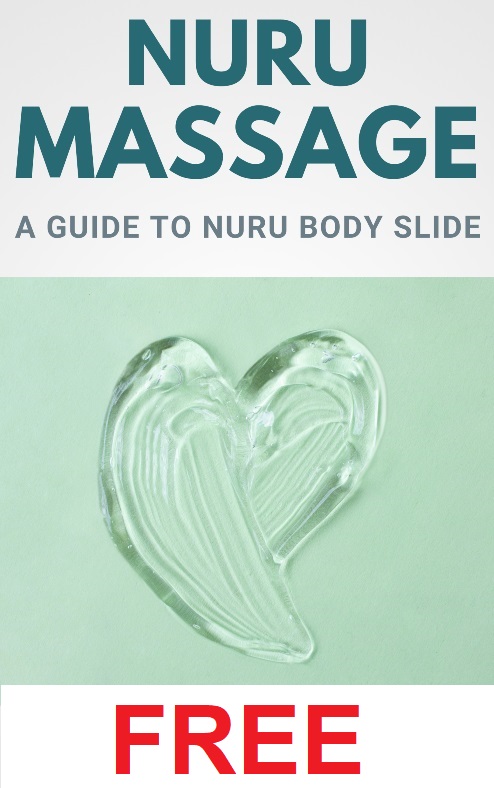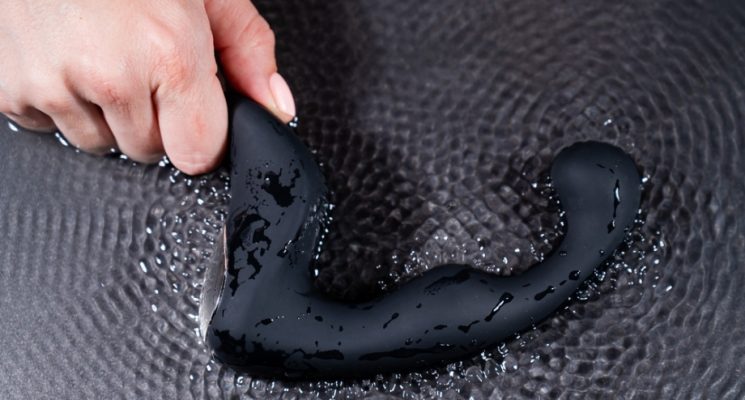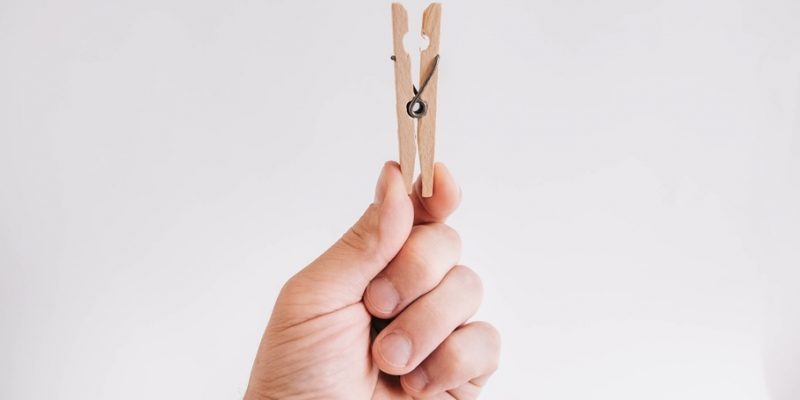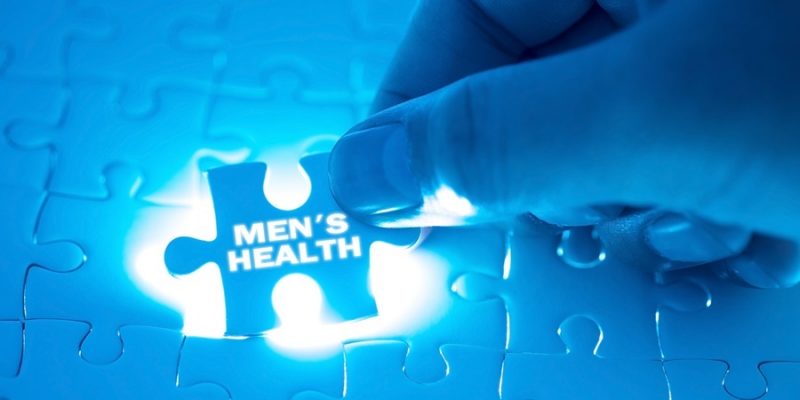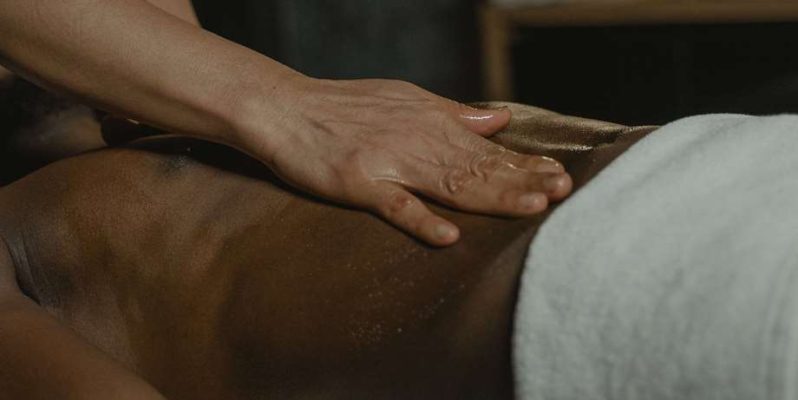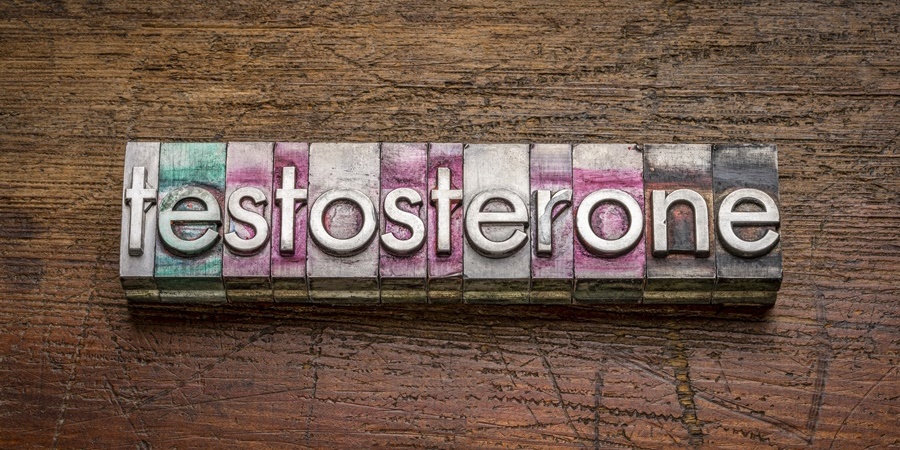
Testosterone is the most important sex hormone in men, and key to healthy sexual, physical, and emotional function.
Testosterone Function
Testosterone plays an important role in the development of the male reproductive system such as the testes, scrotum, penis and prostate, apart from promoting secondary male sexual characteristics such as increased muscle and bone mass, and body hair growth.
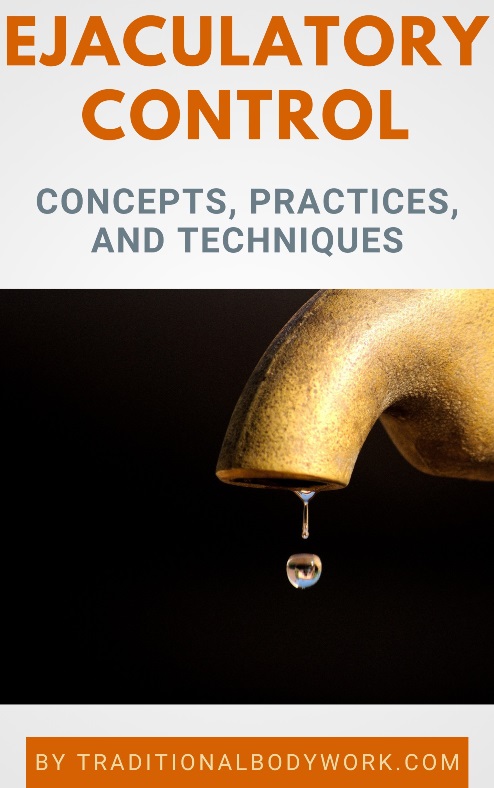
Testosterone also plays a role in general health and wellbeing, which includes moods, behavior, blood and bone health. In men, testosterone is secreted primarily by the testicles. Levels of testosterone in men are about eight times higher than in women.
Low testosterone levels in men have been linked to issues like irritability, depression, less self-confidence, fatigue, lower sperm count, lower red blood cell production, weight gain, muscle loss, low sex drive (low libido), hair loss, and Erectile Dysfunction (ED).
Testosterone levels decrease naturally as men get older, although it can also be the consequence of an affliction called hypogonadism, the latter obstructing the ability to produce normal amounts of testosterone. Nevertheless, there are also other factors that can lead to lower levels, such as excessive use of alcohol, coffee and certain drugs.
Testosterone Replacement Therapy
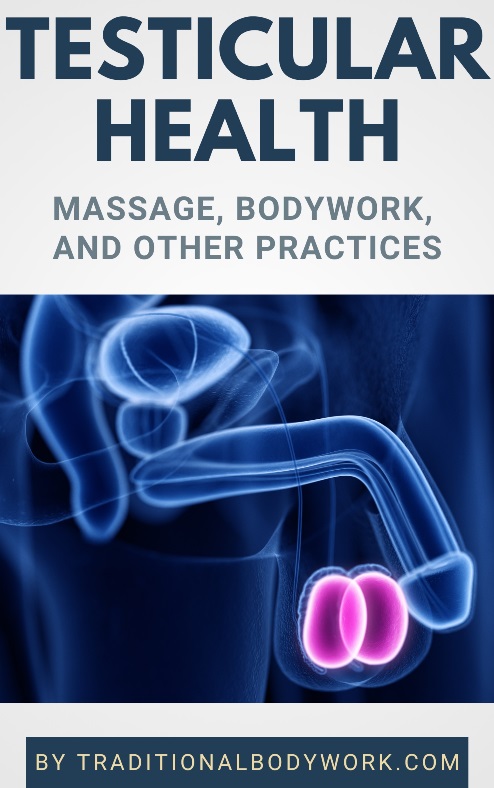
Testosterone Therapy or Testosterone Replacement Therapy (TRT) is a hormone therapy in which testosterone in the body is supplemented or replaced by certain types of (synthesized) anabolic steroids.
TRT may be introduced in the body of older men to lessen unwanted sexual consequences of lower testosterone levels, such as low libido and ED.
Increasing testosterone levels is also done to enhance physique and performance, for instance in athletes, or to boost stereotypical physical attractiveness characteristics (such as more muscle mass). Mind that this is usually for non-medical purposes.
Depending on the exact cause, a micropenis in males may be treated by augmenting testosterone in the body, which is notably effective for children. It can also be used for masculinizing of transgender men.
Testosterone Therapy can be applied in several ways:
- Skin patches, typically applied once a day;
- Gels, which are absorbed directly through the skin and are applied once a day;
- Pills, to be taken orally;
- Mouth patches which are tablets that stick to the upper gums, applied twice a day;
- Injections are used to directly insert testosterone into the muscles;
- Implants, which are pellets placed in the soft tissues to slowly absorb testosterone into the bloodstream.
Methods used to naturally boost testosterone levels in the body are regular Testicles Massage, regular exercise, Semen Retention, taking supplements (such as Zinc, Vitamin D, Magnesium), and weight loss, among others.
Risks of Testosterone Therapy
Testosterone Therapy may have some side effects, such as rash, itching, irritation (at the location where the testosterone is applied), acne, shrinkage of testicles, larger breasts, blood clots, sleeping problems, increased sleep apnea, and increased risk of heart attack or stroke.
There’s also some scientific evidence that TRT can worsen Benign Prostatic Hyperplasia (BPH) or can stimulate prostate cancer.
Mind also that taking external testosterone disrupts the natural hormonal balance in the body, which also impairs sperm production and fertility, so that’s important to consider if one’s interested in trying Testosterone Therapy. A possible option to counteract this is to engage in sperm freezing (if sperm is available, of course) to safeguard sperm cells before taking this therapy.
Receive occasional news about our new eBook and Video Workshop publications.


